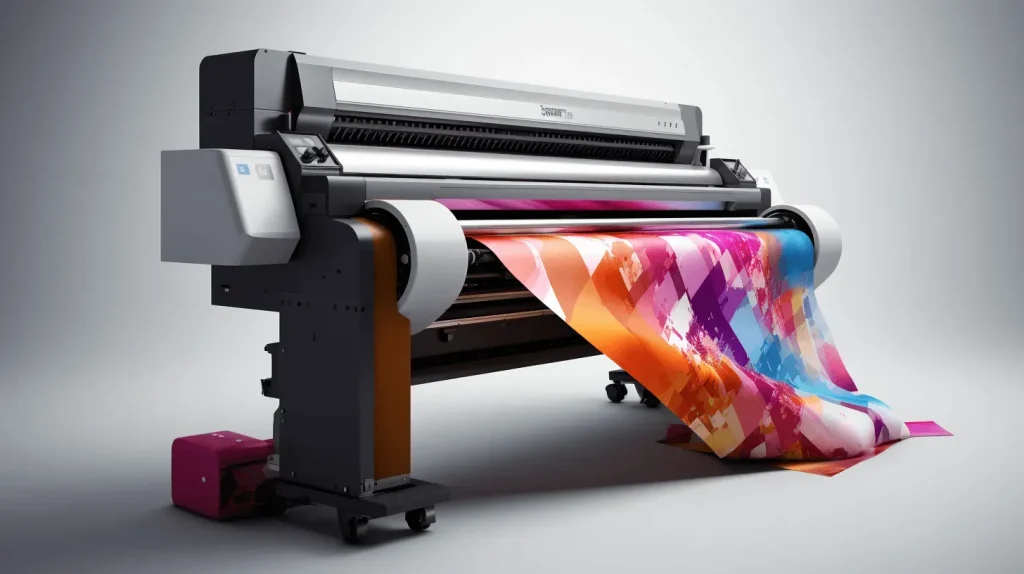DTF transfer quality is a crucial aspect that can make or break your printing project. In the realm of Direct to Film (DTF) printing, this quality hinges significantly on various factors, with the size of the transfer being one of the most impactful. Understanding how size affects print quality is beneficial for achieving vibrant and durable designs, especially when following DTF printing best practices. The larger the transfer, the more complex the challenges become regarding resolution, ink saturation, and heat press settings. Therefore, optimizing your approach to these elements will ensure that you produce not only eye-catching designs but also prints that stand the test of time.
In the world of Direct to Film (DTF) transfer printing, the essence of quality is often linked to the dimensions of the print itself. When discussing the caliber of your printed designs, various terms such as print integrity, transfer performance, and image clarity come into play. The relationship between the size of the transfer and the printing results can significantly influence the outcomes, particularly when considering how size affects print quality. By delving deep into the nuances of DTF transfer printing, one can uncover vital practices that contribute to achieving optimum results across different scales. Ultimately, understanding these dynamics will empower printers to elevate their craft and meet customer expectations more effectively.
The Importance of DTF Transfer Quality
DTF transfer quality is a critical factor in the overall success of any printing project. When businesses incorporate DTF printing into their workflow, the quality of the transfer directly influences the vibrancy and longevity of the design. Well-executed DTF transfers not only enhance the appearance of apparel and merchandise but also reflect on the professionalism of the brand. By prioritizing transfer quality, companies can ensure that they meet customer expectations and stand out in a competitive market.
Furthermore, maintaining high DTF transfer quality involves understanding the technical aspects of printing, including resolution, ink saturation, and heat application. Each of these elements must be optimized to achieve the best results. When quality is prioritized, it often leads to customer satisfaction, repeat business, and positive word-of-mouth referrals, making it worthwhile for businesses to explore best practices that enhance their DTF transfer quality.
Frequently Asked Questions
How does size impact DTF transfer quality?
The size of a DTF transfer significantly influences its quality by affecting resolution, ink saturation, and the heat press process. Larger designs require higher resolution files to avoid pixelation, while they also need controlled ink saturation to prevent faded colors or adhesive issues. Proper heat press settings are crucial for larger transfers to ensure durability and adhesion.
What are the best practices for DTF transfer printing to improve quality?
To maximize DTF transfer quality, use high-resolution files, control ink saturation according to transfer size and fabric type, adjust heat press settings based on design size, and experiment with small batches before large runs to fine-tune processes.
Why is high-resolution important for larger DTF transfers?
High-resolution images are crucial for larger DTF transfers because they maintain clarity and detail when enlarged, preventing pixelation or loss of quality. Using vector files is ideal, as they can scale without compromising the image integrity.
What challenges arise with ink saturation in large DTF transfers?
With larger DTF transfers, achieving the correct ink saturation poses challenges. If inadequate ink is used, colors may appear faded. Conversely, excessive ink can lead to poor adhesion and issues like peeling or cracking. It’s essential to fine-tune settings based on transfer size.
How do heat press settings affect DTF transfer quality for different sizes?
Heat press settings, including time, temperature, and pressure, play a critical role in DTF transfer quality. Larger sizes may require longer press times and careful temperature control to ensure proper adhesion without damaging the fabric or transfer.
Can testing different sizes improve DTF transfer quality outcomes?
Yes, testing different sizes can significantly improve DTF transfer quality outcomes. Conducting experiments in small batches allows you to identify the optimal settings and practices, reducing waste and enhancing understanding before committing to a larger production run.
| Key Point | Details |
|---|---|
| What Is DTF Printing? | A technology that prints high-quality designs on fabrics using transfer film, suitable for intricate designs and vibrant colors. |
| Resolution and Detail | Larger DTF transfers require high-resolution images to maintain clarity and avoid pixelation. |
| Ink Saturation Challenges | Larger transfers may require more ink, potentially leading to faded colors or issues with adhesion if improperly managed. |
| Heat Press Considerations | Larger transfers need specific heat press settings for pressure, time, and temperature to ensure durability and proper adhesion. |
| Best Practices | Use high-resolution images, control ink saturation, adjust heat press settings, and test in small batches for optimal results. |
Summary
DTF transfer quality is significantly influenced by various factors, especially the size of the transfer. Larger designs demand higher resolutions to maintain detail and clarity, while also posing challenges with ink saturation and heat application. Ensuring the right balance of these elements not only enhances the visual appeal of the printed designs but also improves their durability. By adopting best practices and keeping up-to-date with industry advancements, you can ensure top-notch DTF transfer quality that meets and exceeds expectations.


